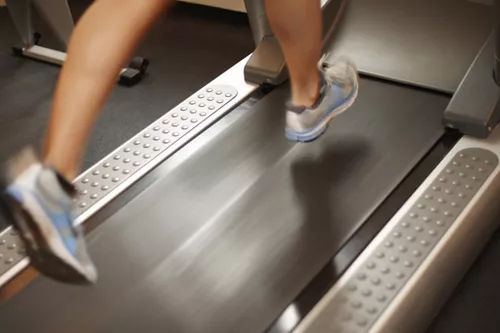

wordpress-seo domain was triggered too early. This is usually an indicator for some code in the plugin or theme running too early. Translations should be loaded at the init action or later. Please see Debugging in WordPress for more information. (This message was added in version 6.7.0.) in /home/sehatnagar.com/public_html/wp-includes/functions.php on line 6114
Fatty liver, also known as hepatic steatosis, is a condition in which there is an accumulation of fat in the liver cells. This condition is often which associate with alcohol consumption. It can also occur in people who do not consume alcohol, a condition known as non-alcoholic fatty liver disease (NAFLD). NAFLD is becoming increasingly common. It is affecting up to 25% of the global population, and is strongly link to obesity, insulin resistance, and also metabolic syndrome. Fortunately, NAFLD is reversible, and one of the most effective ways to reverse it is through exercise and diet. In this article, we will discuss how exercise and diet can help reverse fatty liver.
Regular exercise can help reverse fatty liver by reducing the amount of fat stored in the liver. Exercise has been shown to increase insulin sensitivity and reduce inflammation, both of which are important factors in the development of NAFLD.
Aerobic exercise, such as running, cycling, or swimming, has been found to be particularly effective in reducing liver fat. A study published in the Journal of Hepatology found that 12 weeks of moderate-intensity aerobic exercise reduced liver fat by 18% in people with NAFLD.

Resistance training, such as weightlifting or bodyweight exercises, can also be beneficial in reducing liver fat. A study published in the Journal of Diabetes Research found that eight weeks of resistance training reduced liver fat by 14% in people with NAFLD.
In general, it is recommend to aim for at least 150 minutes of moderate-intensity exercise or 75 minutes of vigorous-intensity exercise per week for overall health benefits, including liver health.
Diet plays a crucial role in the development and progression of NAFLD, and changes in diet can help reverse fatty liver. The goal is to reduce the intake of unhealthy fats and carbohydrates and increase the consumption of foods that promote liver health.
Here are some dietary changes that can help reverse fatty liver:
Fatty liver is a reversible condition, and exercise and diet are effective ways to reverse it. Regular exercise, including aerobic exercise and resistance training, can reduce liver fat and improve insulin sensitivity and inflammation. Dietary changes, such as reducing intake of added sugars, increasing fiber intake, choosing healthy fats, limiting alcohol consumption, and eating a balanced diet, can also improve liver health. It is important to consult with a healthcare professional before making any significant changes to your diet or exercise routine. With the right approach, it is possible to reverse fatty liver and improve overall health.
Read Also:
6 High Protein Meat Substitutes
How physical activity keeps your heart in good shape
How a fiber rich diet promotes heart health